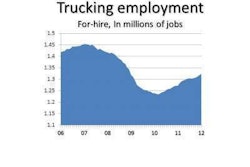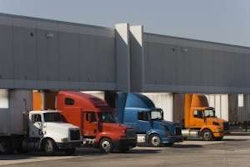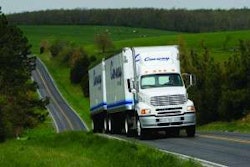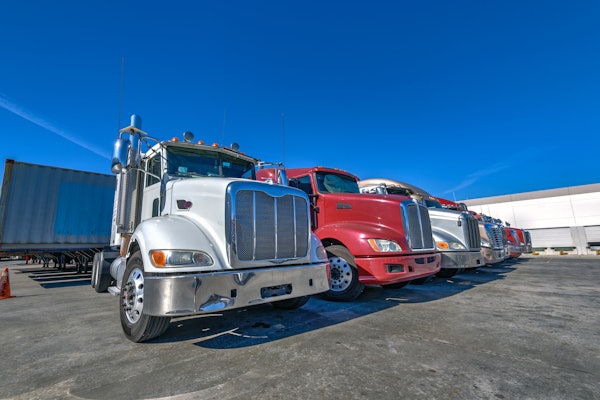The U.S. Environmental Protection Agency announced $5 million in funding that will pay for cleaner locomotives throughout California’s San Joaquin Valley, including a locomotive operating between the Port of Stockton and Lodi. In addition, about $16 million in grants was announced to slash diesel emissions, advance air quality and improve public health throughout the state of California.
The San Joaquin Valley, one of the most productive agricultural areas in the country, also has some of the nation’s worst air quality and highest rates of asthma. Federal, local and state partners are working to alleviate these problems by channeling significant funds into new clear air technologies. “EPA’s goal is to reduce the public health impact of diesel emissions from the trucks and trains moving goods through the San Joaquin Valley,” says Jared Blumenfeld, EPA’s Regional Administrator for the Pacific Southwest.
The locomotive unveiled in Stockton uses significantly less fuel than its 1953 model year predecessor and emits 90 percent less particulate matter and 92 percent less nitrogen oxides into the environment. This locomotive also uses a regenerative braking system, in which energy otherwise lost as the train slows down is captured and reused.
“The Air Resources Board is committed to slashing diesel emissions throughout California,” says CARB member Dorene D’Adamo. “By adopting effective regulations and working with our local and federal partners to bring projects like clean locomotives to the Central Valley, we are making great progress. Our air is quantifiably cleaner than it was back in the last decade, and everyone here today has contributed to that achievement.”
These EPA clean diesel grant funds will eliminate about 210 tons of particulate matter, 4,500 tons of nitrogen oxides and 130,000 tons of carbon dioxide emissions for the lifetime of these projects. “The challenges we face in the Valley are unmatched by any other region in the nation, and we highly value our partnership with the EPA in our joint efforts to reach our clean air goals,” said Seyed Sadredin, executive director and air pollution control officer of the San Joaquin Valley Air District. “Achieving zero emission goods movement is a key component of our clean air strategy.”
The $21 million in funds will go to new projects throughout the state and existing locomotives in San Joaquin Valley, including:
• San Joaquin Valley Air Pollution Control District: $2 million to repower two older locomotives with newer cleaner engines;
CARB: $14 million to replace 18 older with ultra-low-emitting genset locomotives in San Joaquin Valley and Southern California and install a selective catalytic reduction system with a diesel oxidation catalyst capable of meeting Tier 4 emission levels on a linehaul locomotive;
• Bay Area Air Quality Management District: $1.6 million to replace 43 heavy-duty drayage trucks that operate at ports around the San Francisco Bay Area; and
• Sacramento Air Quality Management District: $1.1 million to establish a voucher program to replace 200 existing diesel agricultural irrigation pump engines with new electric agricultural pump motors to power agricultural irrigation pumps.













